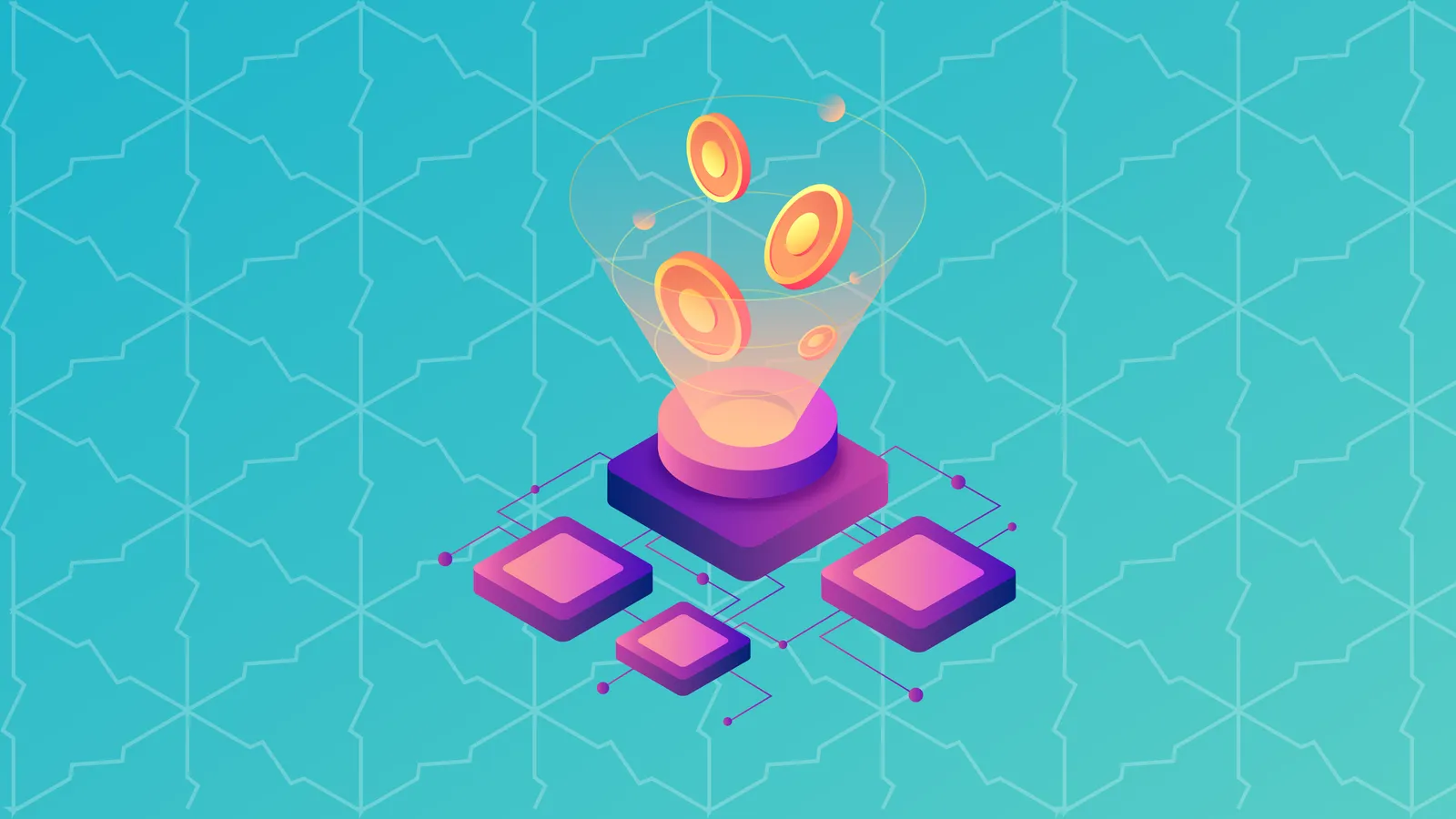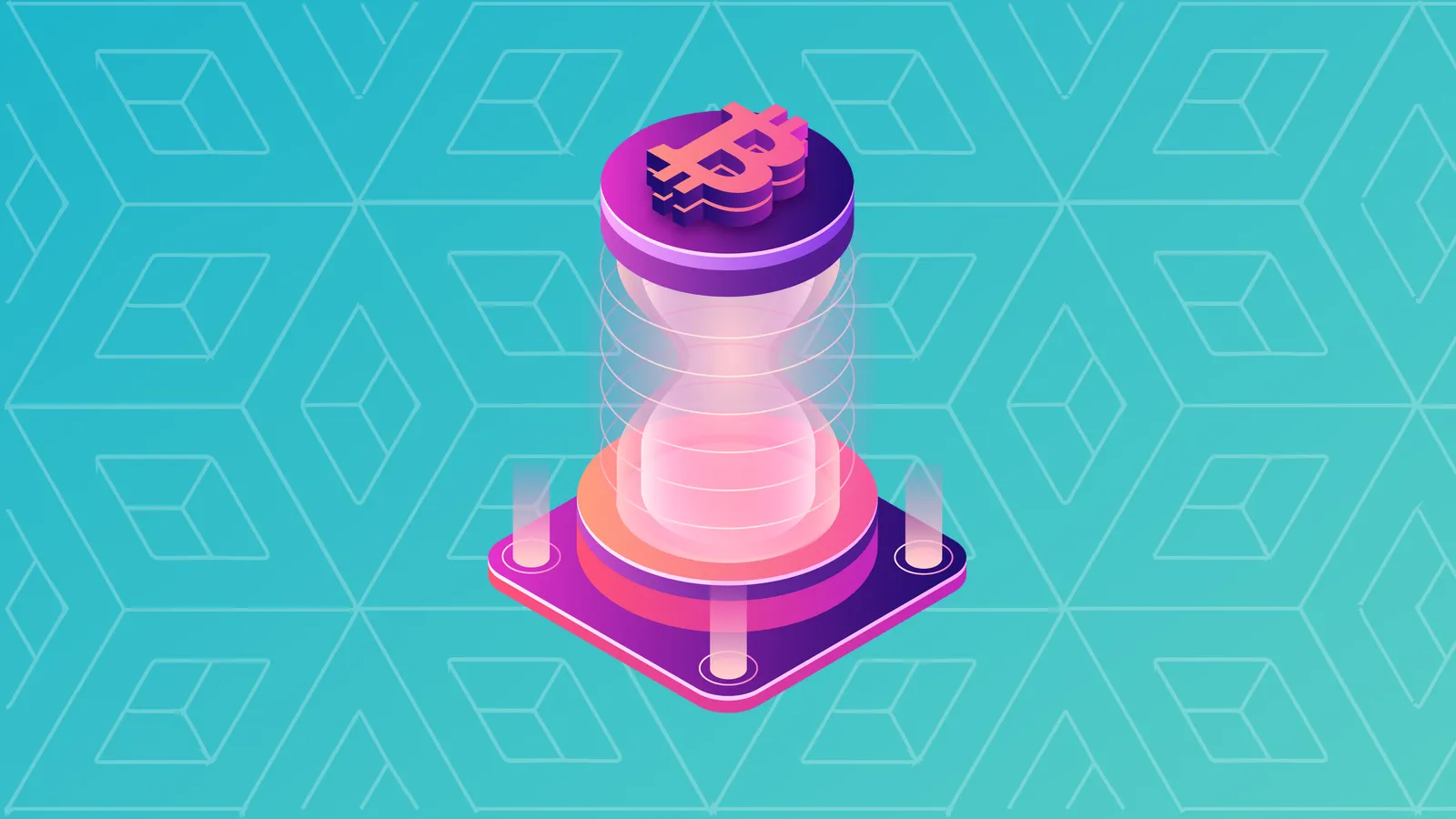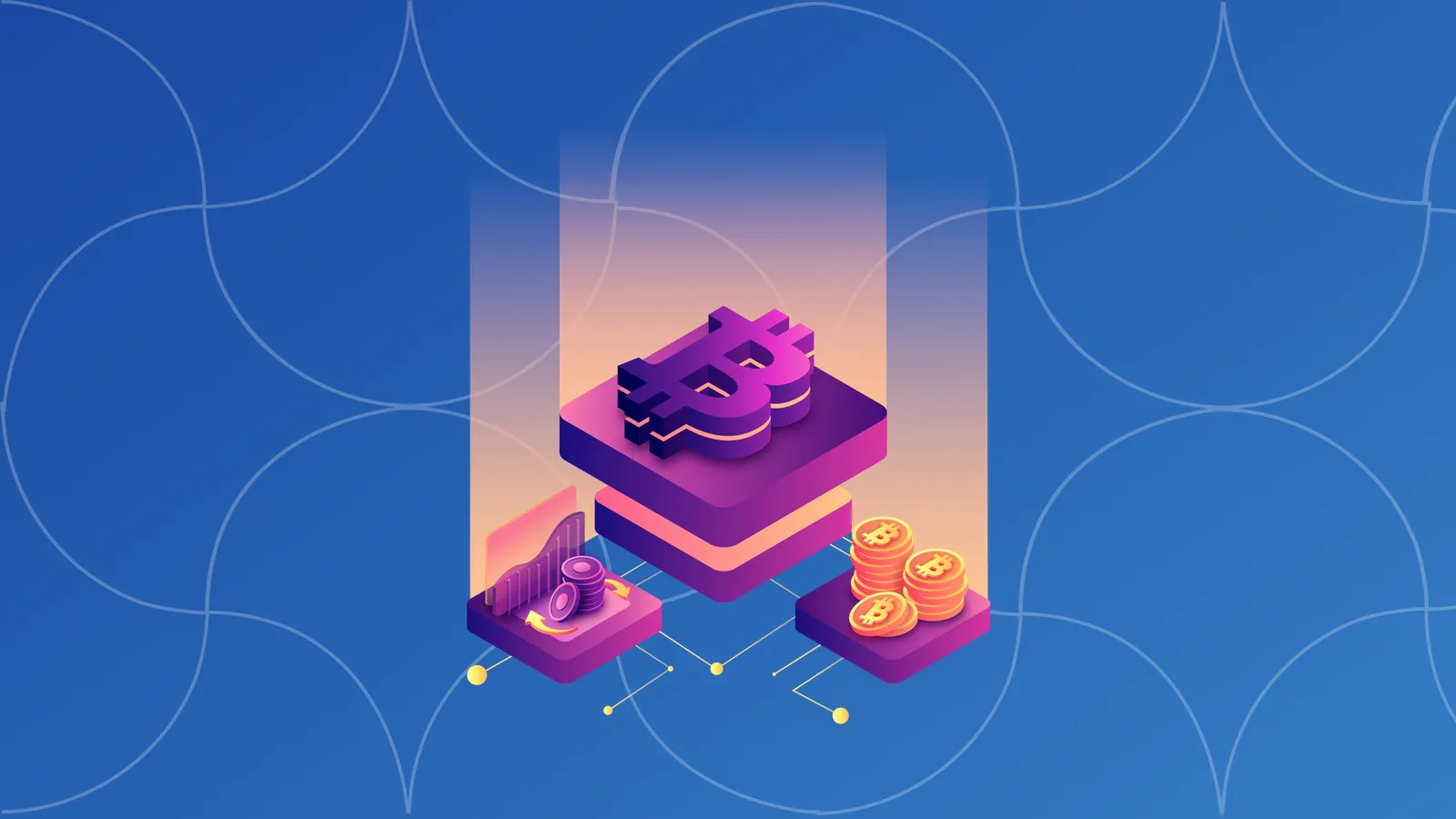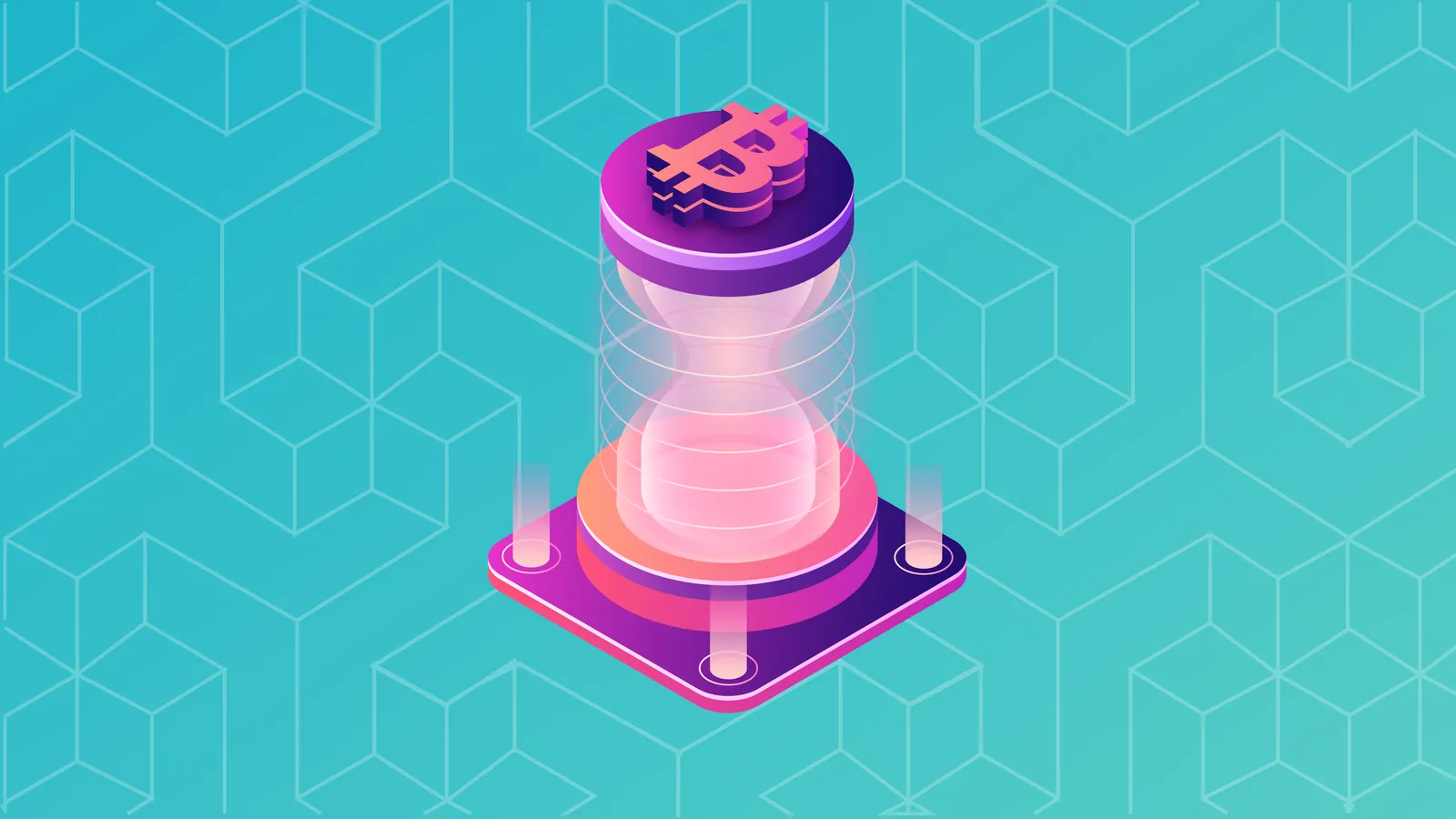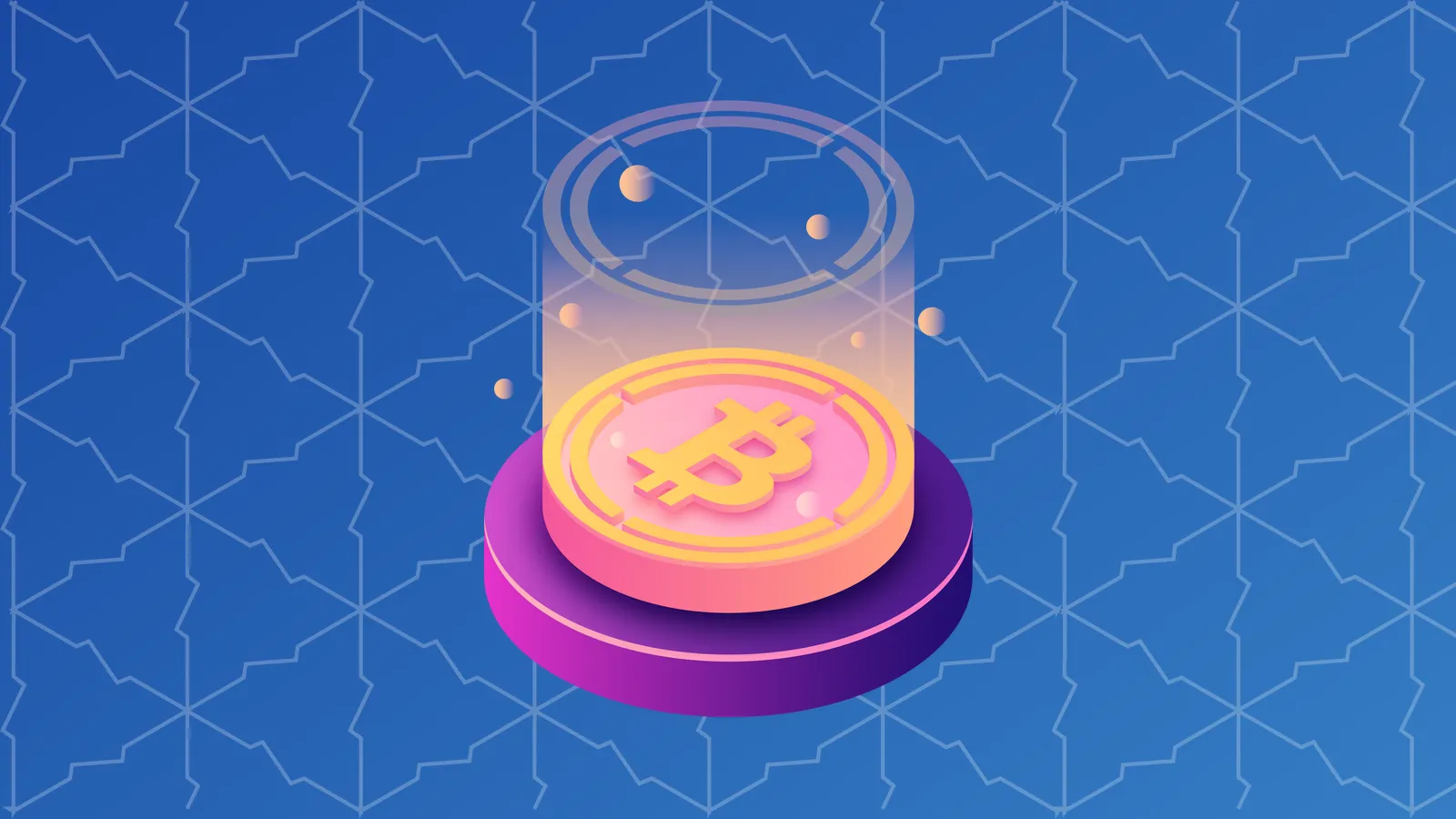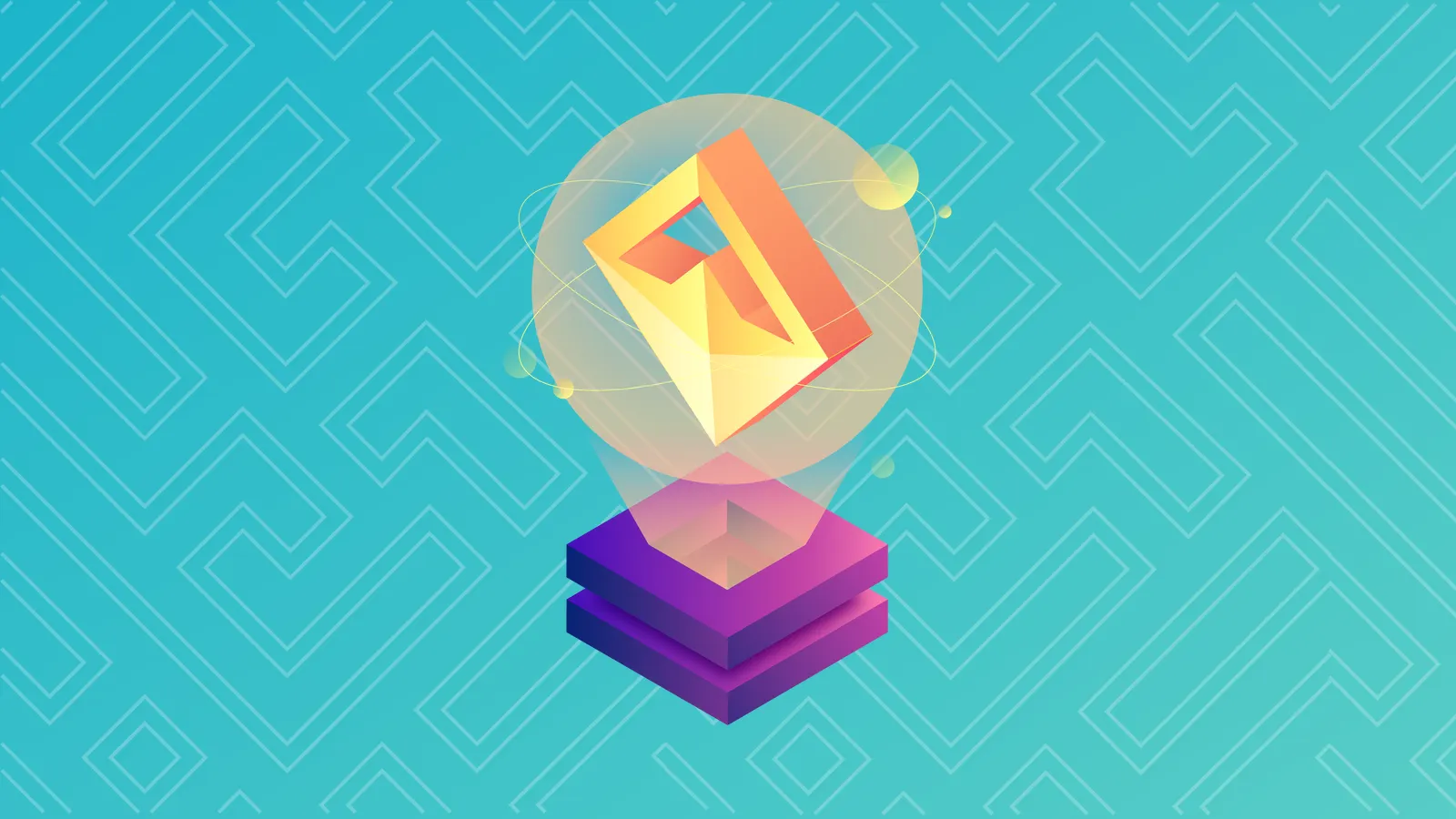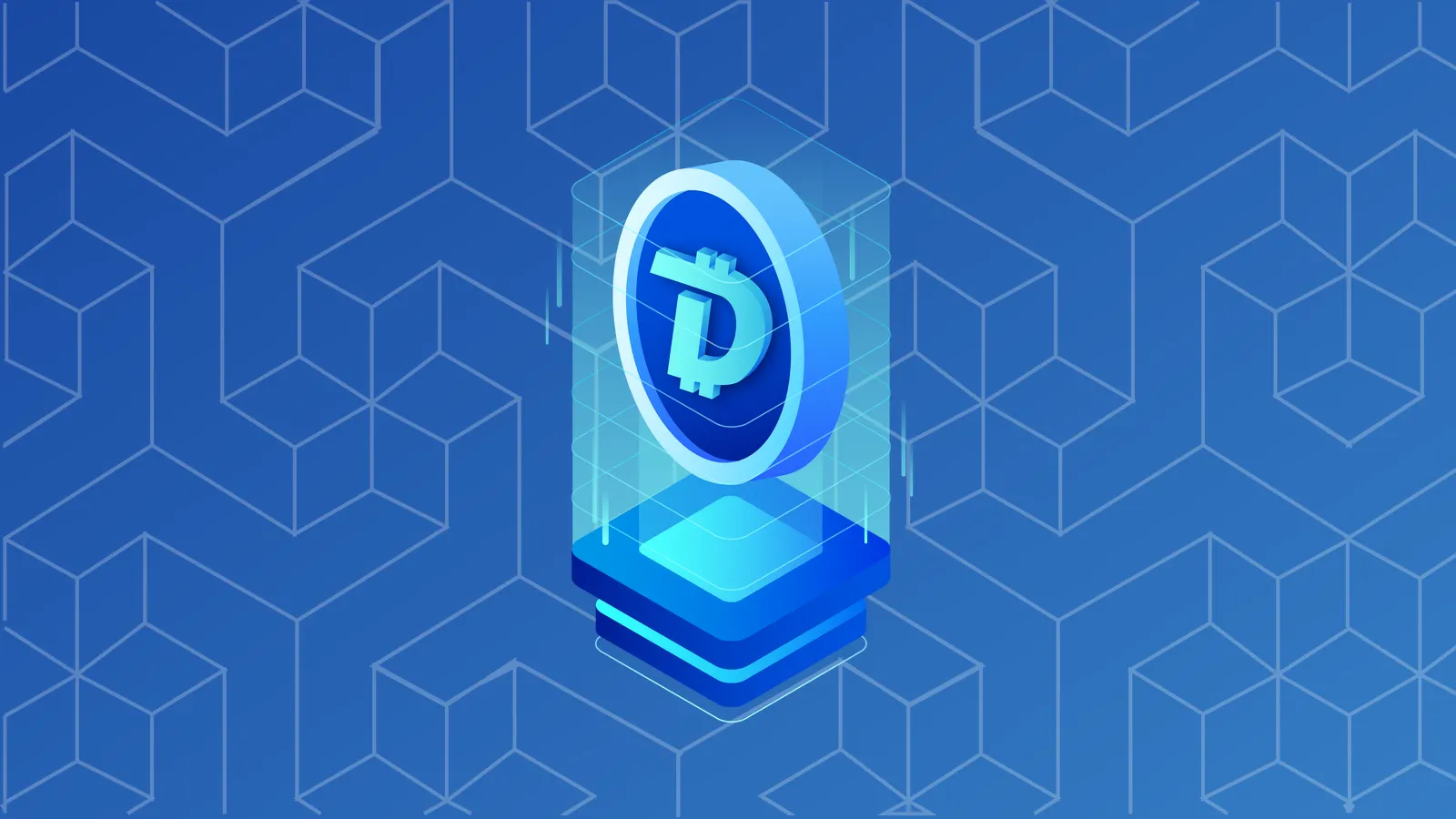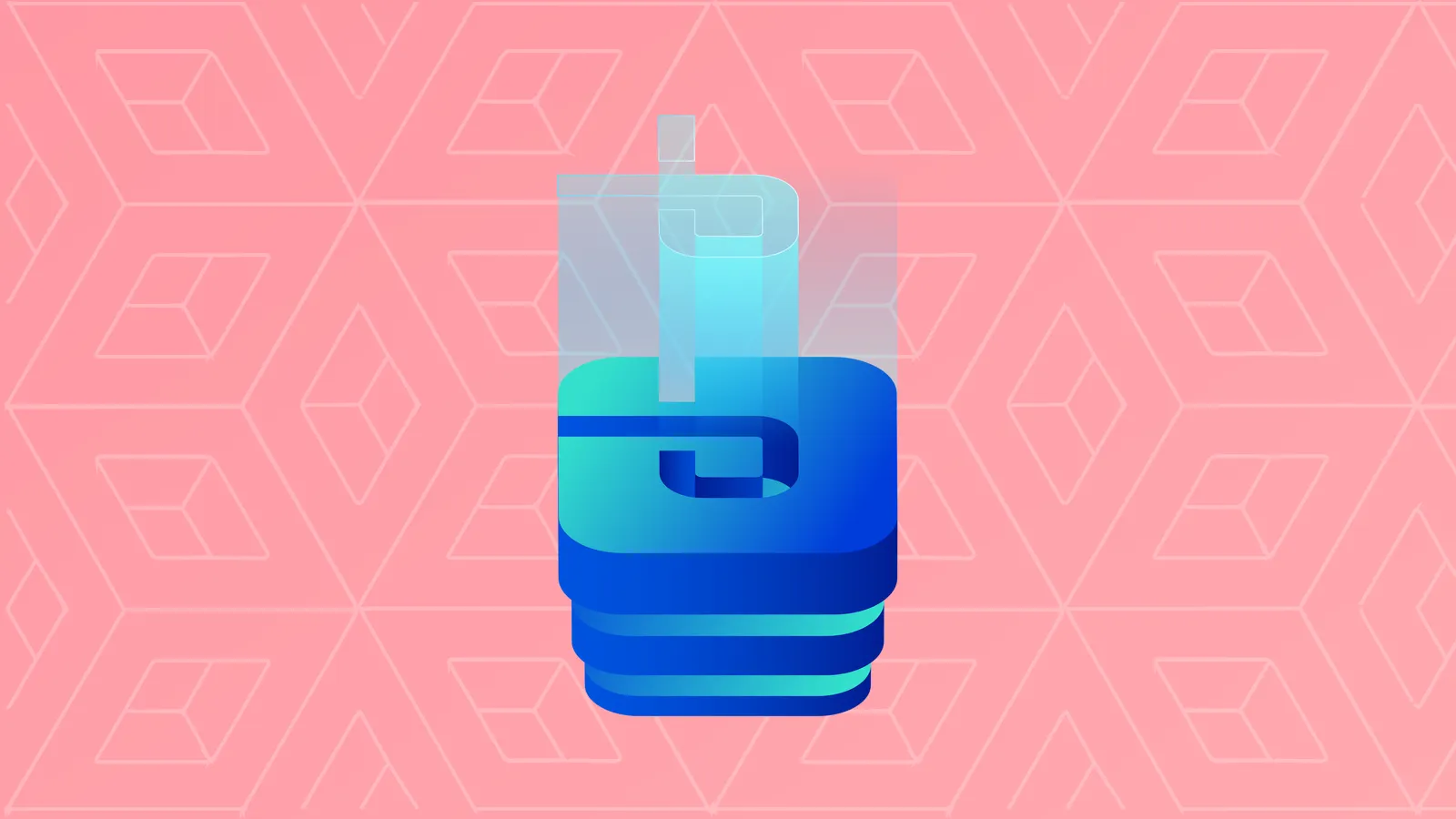Coin Prices
BTC
$90,143.00
0.17%ETH
$3,108.56
1.16%BNB
$894.74
2.12%XRP
$2.02
0.99%USDC
$0.999863
0.01%SOL
$132.86
0.96%STETH
$3,107.31
1.18%TRX
$0.27168
-1.19%DOGE
$0.138853
2.26%ADA
$0.410579
0.28%FIGR_HELOC
$1.031
-0.34%WBT
$60.35
0.30%WSTETH
$3,794.77
1.13%BCH
$574.19
-0.44%WBTC
$89,929.00
0.03%WBETH
$3,374.40
1.18%USDS
$0.999797
-0.00%LINK
$13.73
1.22%WEETH
$3,366.49
1.18%BSC-USD
$0.999699
-0.03%LEO
$9.50
0.21%WETH
$3,106.90
1.14%HYPE
$28.82
0.85%XMR
$416.82
3.43%XLM
$0.237614
1.10%ZEC
$436.25
-4.32%USDE
$0.999464
0.04%CBBTC
$90,093.00
0.17%LTC
$81.47
0.13%SUI
$1.61
3.65%AVAX
$13.39
2.57%HBAR
$0.12253
-0.91%SHIB
$0.00000832
1.82%SUSDS
$1.082
0.25%USDT0
$0.999927
-0.01%MNT
$1.27
2.44%TON
$1.61
0.81%WLFI
$0.143915
1.49%PYUSD
$0.999733
0.01%CRO
$0.099437
0.39%SUSDE
$1.21
-0.02%UNI
$5.45
2.17%DOT
$2.04
2.89%M
$1.93
22.61%AAVE
$196.89
3.14%TAO
$297.28
3.18%USD1
$0.999315
0.02%CC
$0.071557
1.69%RAIN
$0.00744351
0.84%BGB
$3.60
0.38%OKB
$114.81
0.40%XAUT
$4,294.07
0.09%USDF
$0.998232
-0.02%ASTER
$0.95712
2.80%NEAR
$1.66
2.83%ETC
$13.16
2.17%ENA
$0.247963
0.54%WETH
$3,106.71
1.07%JITOSOL
$165.82
0.95%PEPE
$0.00000438
2.68%BUIDL
$1.00
0.00%ICP
$3.28
0.17%PI
$0.208217
0.98%SOL
$132.80
0.94%PUMP
$0.0028009
2.60%JLP
$4.66
0.44%SYRUPUSDC
$1.14
0.05%HASH
$0.03001297
-0.37%HTX
$0.00000162
-0.74%PAXG
$4,320.50
0.33%ONDO
$0.463014
1.87%WLD
$0.595386
4.35%USDG
$0.999845
0.00%KCS
$10.71
1.98%USYC
$1.11
-0.01%SYRUPUSDT
$1.11
0.09%SKY
$0.057982
3.33%BFUSD
$0.999428
0.01%RLUSD
$0.999615
-0.02%RETH
$3,570.65
1.30%USDC
$0.999719
-0.00%POL
$0.120789
2.73%APT
$1.70
4.47%KAS
$0.04641513
1.38%GT
$10.41
1.32%ARB
$0.216006
7.35%WBNB
$894.53
2.09%QNT
$80.00
-2.57%BNSOL
$144.44
0.96%RSETH
$3,293.86
1.43%TRUMP
$5.58
-0.33%ALGO
$0.121968
-0.59%ATOM
$2.18
3.25%FBTC
$90,321.00
-0.04%LSETH
$3,324.52
1.03%FLR
$0.01245913
0.93%LBTC
$90,083.00
0.26%VET
$0.01161325
0.82%SOLVBTC
$90,091.00
0.07%FIL
$1.35
2.39%NEXO
$0.978699
0.99%XDC
$0.04820381
-3.13%USDTB
$0.999176
-0.06%USTB
$10.92
0.00%NIGHT
$0.04987682
2.06%SEI
$0.129331
1.76%OUSG
$113.62
0.02%RENDER
$1.55
2.01%KHYPE
$29.06
1.39%BONK
$0.0000094
3.59%WM
$0.999989
0.00%JAAA
$1.017
0.00%CAKE
$2.25
2.29%USDD
$1.00
-0.01%PENGU
$0.01173778
8.78%METH
$3,378.62
1.70%WBTC
$90,161.00
0.50%WFLR
$0.01245176
0.89%CLBTC
$90,552.00
0.47%FDUSD
$0.998632
-0.03%USDY
$1.10
-0.61%BDX
$0.090223
2.70%USDC.E
$0.999817
0.00%EZETH
$3,312.13
1.21%USDAI
$0.999696
0.01%IP
$1.91
3.15%JUPSOL
$154.19
1.29%JUP
$0.204138
1.40%FET
$0.245655
4.74%DAI
$0.999546
-0.03%ULTIMA
$6,200.11
-8.87%MORPHO
$1.14
-2.84%WETH
$3,106.16
1.19%OP
$0.31455
4.39%OSETH
$3,221.36
1.39%MYX
$3.10
-0.76%CRV
$0.400797
3.49%DASH
$44.97
-2.17%SPX
$0.599653
3.78%USD0
$0.998267
0.20%AERO
$0.604478
0.04%TBTC
$90,056.00
0.18%WETH
$3,106.90
1.14%INJ
$5.37
2.27%LDO
$0.599998
2.83%XTZ
$0.500432
2.79%VIRTUAL
$0.812953
2.54%STX
$0.290688
2.64%WETH
$35,382,014.00
0.00%STRK
$0.105155
1.22%TIA
$0.583553
3.47%GTETH
$3,108.33
1.27%TUSD
$0.996429
0.03%CGETH.HASHKEY
$2,460.42
0.00%AB
$0.00536871
1.02%ETHFI
$0.804794
1.42%EUTBL
$1.22
-0.05%MERL
$0.454883
11.50%MSOL
$178.67
0.97%ETHX
$3,342.62
1.12%TEL
$0.00487918
0.41%WAPE
$0.230553
2.61%GHO
$0.999623
-0.02%FLOKI
$0.00004665
2.45%GRT
$0.04205646
3.45%KAIA
$0.075678
3.90%LIQUIDETH
$3,273.21
0.49%IOTA
$0.100496
1.55%2Z
$0.121052
1.51%BAT
$0.27932
1.67%SWETH
$3,418.63
1.15%ENS
$10.89
1.96%USDB
$1.008
0.94%BTT
$0.00000041
-0.65%TWT
$0.96813
1.10%STEAKUSDC
$1.11
0.04%CBETH
$3,460.37
1.13%WIF
$0.398147
4.28%SBTC
$90,669.00
1.01%BSV
$19.73
0.61%ENZOBTC
$90,454.00
0.00%SUN
$0.02014313
-1.38%CFX
$0.074146
6.29%JST
$0.03828086
-0.32%PYTH
$0.065603
3.64%BTC.B
$90,051.00
0.15%FOLKS
$29.38
101.72%FARTCOIN
$0.363266
-2.01%OHM
$22.13
0.33%NFT
$0.00000036
0.38%PENDLE
$2.18
-0.34%CRVUSD
$0.999264
-0.13%DOGE
$0.138741
2.13%DCR
$20.65
1.41%THETA
$0.353936
4.41%SAND
$0.132863
2.53%S
$0.091191
2.11%EETH
$3,108.44
1.26%EURC
$1.17
0.01%HNT
$1.81
1.21%CHZ
$0.0332895
-0.97%BEAT
$2.41
10.39%SAVAX
$16.50
2.60%GALA
$0.00710869
1.46%GNO
$125.29
0.67%KAU
$138.15
-0.02%JASMY
$0.00666111
0.40%USX
$0.998977
-0.03%PIPPIN
$0.323634
-6.30%FLOW
$0.197685
0.86%WEETH
$3,365.17
1.35%CUSD
$0.999075
-0.14%VSN
$0.091643
0.09%BUSD
$1.002
0.37%ZRO
$1.53
8.89%XPL
$0.155966
6.63%SYRUP
$0.270624
4.02%USR
$1.00
-0.00%FRXETH
$3,072.31
0.89%WSTX
$0.297008
-0.01%UBTC
$90,171.00
0.29%WSTUSR
$1.12
-0.04%CMETH
$3,369.13
1.45%COMP
$30.17
2.75%RAY
$1.082
1.20%BORG
$0.295739
-2.08%WETH
$3,107.03
1.07%NEO
$4.06
1.16%ASBNB
$947.74
2.06%A
$0.176287
0.80%WHYPE
$28.87
1.38%MANA
$0.14519
0.70%FRAX
$0.993415
0.02%STABLE
$0.01545753
5.57%MWC
$25.04
-3.19%GTBTC
$90,319.00
-0.11%FF
$0.114278
2.46%ZK
$0.03118727
0.42%ZBCN
$0.00275506
1.34%FDIT
$1.00
0.00%JTRSY
$1.088
0.00%UDS
$2.57
-0.05%BBTC
$90,267.00
0.05%WETH
$3,113.28
1.28%AR
$3.93
1.62%MON
$0.02316972
-3.65%WSTETH
$3,796.20
1.14%1INCH
$0.174495
4.95%
